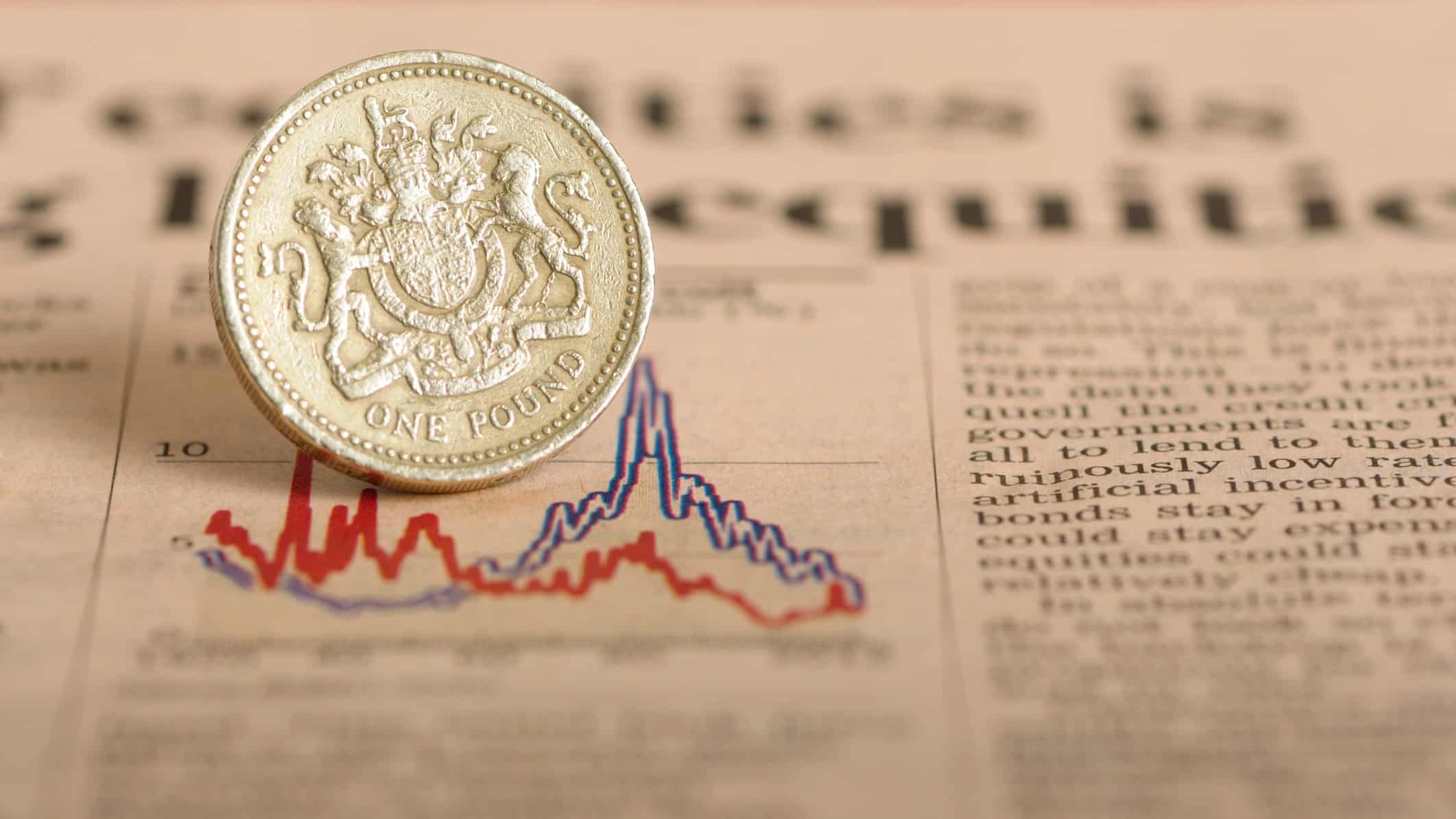As we head towards the last month of the year, I have been thinking about how I can position my portfolio both for 2023 and beyond. A number of FTSE 100 companies I think have quality businesses continue to trade at what I see as attractive prices.
If I had spare money to invest in December, here are three such shares I would buy for my portfolio.
JD Sports
Sports/fashion retailer JD Sports (LSE: JD) has been moving up in recent weeks. Over the past month, its shares have jumped 29%.
This suggests many investors are warming to the company again. However, the JD Sports share price remains 45% below where it was a year ago. Could building my position now help me capture long-term value?
JD Sports continues to face a number of risks, such as inflation eating into its profit margins.
But as a long-term investor I see a number of strengths too. I expect demand in the company’s market to be resilient in the medium-to-long term. JD’s large network of physical stores and digital assets gives it broad reach in key markets such as the US and UK. Last year, sales hit an all-time high and the firm expects to reach the same level this year.
British American Tobacco
An impressive performer among FTSE 100 shares over the past year has been British American Tobacco (LSE: BATS). Its share price has jumped 32% in 12 months.
Does that make it too late for me to buy more of the tobacco manufacturer’s shares for my portfolio? I do not think so. With mammoth cash flows and a 6.5% dividend yield, I continue to see the current valuation as attractive.
British American benefits from owning premium brands such as Lucky Strike. That can give it pricing power, helping to sustain profit margins. A risk is declining cigarette use in most markets, although the company has been battling with that for decades already and remains highly profitable. Last year, post-tax profits came in at £7bn.
Tesco
One FTSE 100 share that has not rallied like British American over the past year is retail leader Tesco (LSE: TSCO).
Its shares have fallen 15% in that period. Like many investors, I am concerned that a combination of tightening household budgets and cost inflation poses a threat to both revenues and profits at the company.
Tesco’s strong market position is a competitive advantage though, giving it economies of scale that, in turn, can help to attract more shoppers and strengthen its sales base even further. The company cut its dividend in 2014 but has been rebuilding it over the past couple of years. Last year the annual dividend grew 19%. The interim payout this year moved up a further 20%. That is despite Tesco having sold off its Asian business last year. The slimmer Tesco still looks to be in good health to me.








